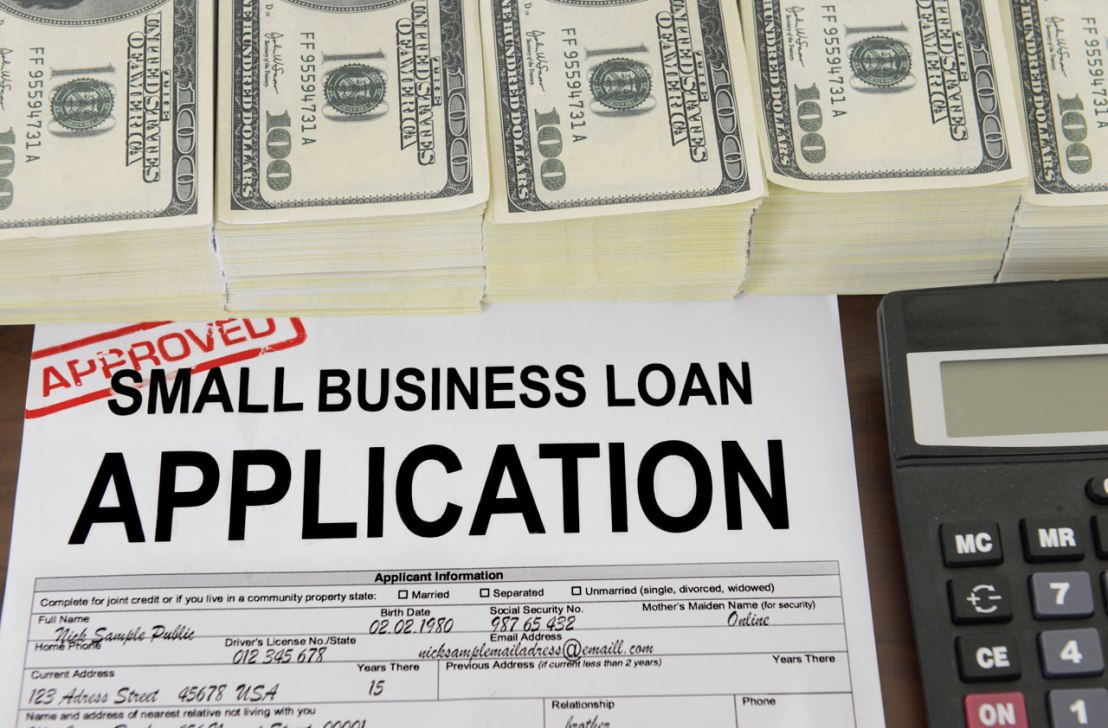For small business owners in need of a loan, getting an application approved can seem as mystifying as the illusions performed in a Las Vegas magic show. But the process gets a lot easier with the right preparation and an understanding of the importance of cash flow.
A survey by the 12 regional Federal Reserve banks cited “accessing necessary credit” as the No. 1 challenge facing small businesses in 2016. That was especially true for outfits with less than $1 million in revenues; while 72% of larger companies were able to secure financing, only 45% of smaller firms could get the nod from a lender.
Getting a small business loan isn’t magic, but it does require meticulous preparation and an understanding of how bankers operate. Underwriting decisions are based on the 5 C’s of credit — capital, collateral, conditions, creditworthiness, and cash flow — and borrowers must show strength in each.
Here are five ways small business owners can turn a “no” into a “yes”:
1. Apply for the right loan at the right bank. Loan applications are often declined because borrowers seek the wrong type of loan, or engage with the wrong institution. For example, a company that needs money to fund a new line of business would be turned down for a line of credit because a term loan would be more appropriate. Similarly, applications are often declined because the bank does not lend to certain industries, such as loans for hotels. When seeking a bank, make sure it actually lends to your industry. If they don’t, find a lender that does. Applying for the right type of loan from the right type of bank is the first step to getting approved.
2. Show your cash flow. Most loans are turned down because bank underwriters can’t find sufficient cash flow to support loan repayments. Documentation starts with three years of corporate and personal tax returns and three years of corporate financial statements; current year-to-date financials with prior year comparisons; a debt schedule, including real estate and equipment leases; accounts receivable and payable reports; and an inventory report. With this information in hand, the underwriter will determine how your cash flow compares to the anticipated debt payments.
3. Bolster your personal credit. For small business owners, personal credit scores have a major impact on corporate credit worthiness, so improving scores in advance of seeking a loan is vital. Most people understand that paying bills late will hurt their credit score, but credit bureau models have changed in recent years. Today, high levels of credit card utilization lowers credit scores dramatically — especially if it exceeds 50% of the available revolving credit. And, since many small business owners use their personal credit card for business travel and routine expenses to take advantage of points and other benefits, utilization is up.
4. Calculate your collateral. Underwriters discount the value of collateral based on the bank’s past experience liquidating loans. Underwriters typically use about 50% of the value of raw materials and finished goods inventory, 70-80% of accounts receivable, and 50%-80% of fixed assets such as equipment, machinery, furniture and office equipment. Companies turned down for insufficient collateral can offer to add collateral, if possible, or they can seek a U.S. Small Business Administration-backed loan. SBA loans are more flexible on collateral when cash flow is sufficient. Such loans also can have longer terms — up to 10 years versus five years with conventional loans — and this can have the added benefit of improving cash flow calculations.
5. Improve your equity. Small businesses can appear to have too little equity value or too much leverage (a measure of the total liabilities compared to the total equity retained in the business), especially when owners withdraw most or all of the excess cash flow each year. However, modest changes to your application and a little planning can dramatically change that picture. Can the business owner contribute a down payment on the project being financed to bring these equity-to-debt ratios more in line? Can the owner take a lower salary or distributions in order to maintain more cash in the business? Alternatively, can the owner show underwriters personal savings accounts funded by the business that effectively act as equity? As a rule of thumb, banks don’t like more than $3 or $4 of debt to every dollar of equity.
